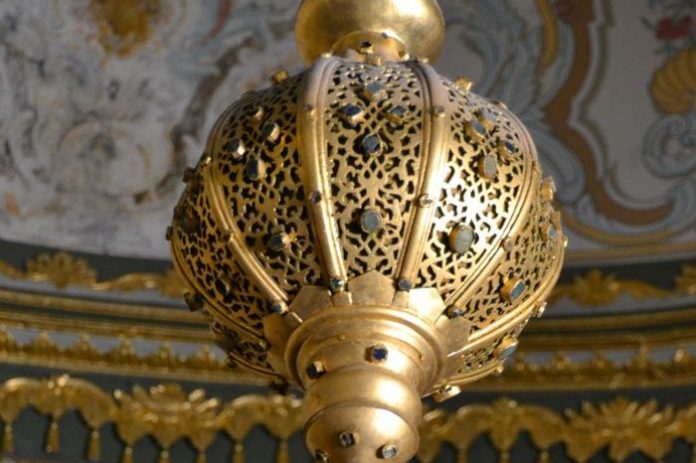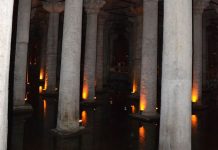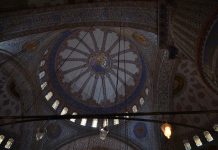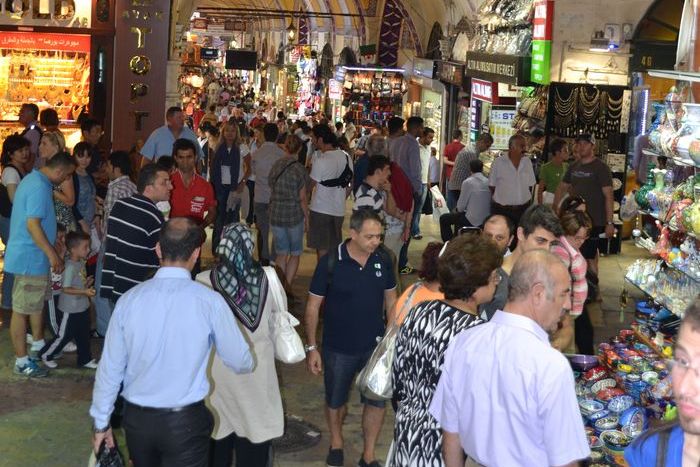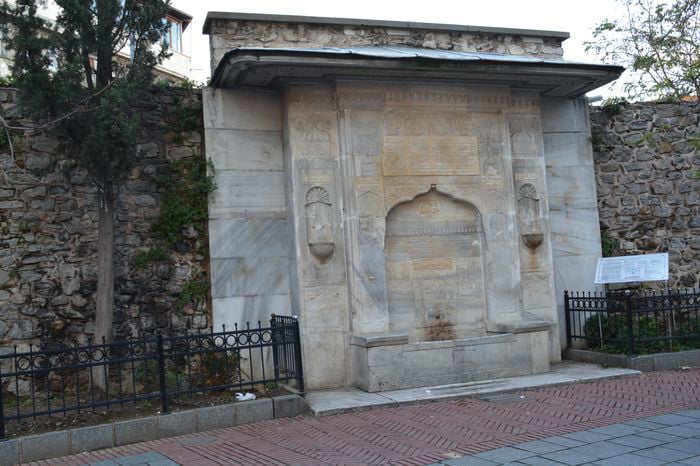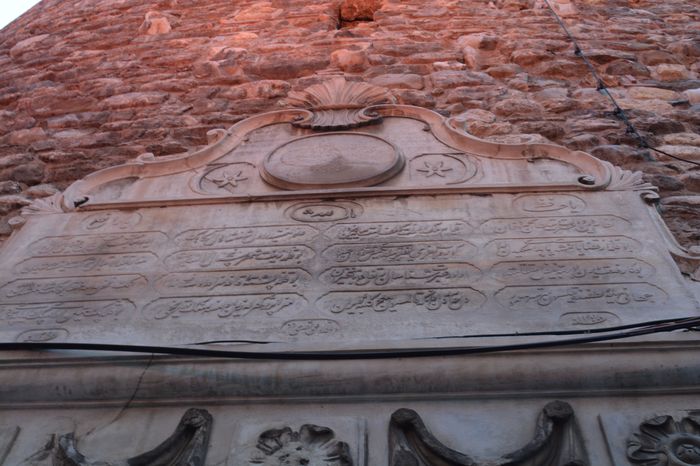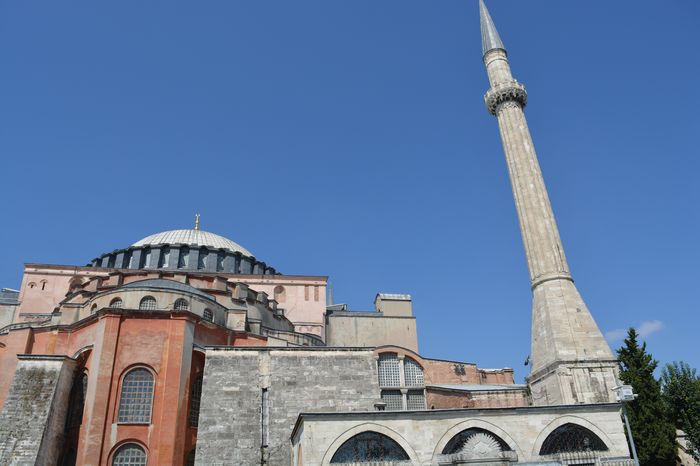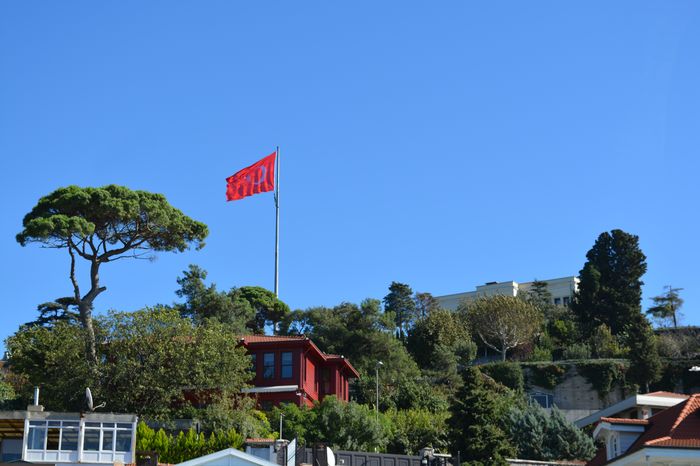The Studios Monastery A Byzantine Treasure
Introduction and History
The Studios Monastery stands as a testament to Byzantine religious architecture, being the oldest surviving structure of its kind. Founded in 454 A.D. in what is now the Yedikule neighborhood, it was dedicated to Saint Ioannes Prodromos. Under Ottoman rule, it was converted into a mosque during the reign of Sultan Beyazit II by Imrahor Ilyas Bey. Adjacent to the mosque, a Khalwati lodge was constructed, serving as a significant religious center in the city.
Damage and Abandonment
Over the centuries, the Studios Monastery faced various challenges. It suffered significant damage in the fire of 1782 and the earthquake of 1894. By 1908, neglect had taken its toll, causing the roof to collapse. Despite its historical significance, the structure was never restored. Today, it stands abandoned, with only its four walls remaining, devoid of a roof.
Architectural Features
The Studios Monastery exemplifies the classic basilica style prevalent in the early Byzantine era. While the courtyard, once enclosed by the monastery’s northern wall, has disappeared over time, remnants of the lodge’s sheikh room, fountain, and dervish lodges remain. The small graveyard within the monastery holds the remains of leading sheikhs and their relatives from the 15th to the early 20th century Ancient Bulgaria Tour.
The main venue, accessed through an arcade with four marble columns leading from the courtyard to the narthex, retains traces of its original design. While only one door remains from the Byzantine era, the apse retains its half-moon shape inside and three corners outside. Baroque-style windows, added during Ottoman-era repairs, adorn the structure. Notably, the architectural remnants showcase the monastery’s intricate stone craftsmanship Kiztaji.
Despite its current state of abandonment, the Studios Monastery stands as a significant cultural and historical landmark, offering insights into Byzantine religious practices and architectural styles. Efforts to preserve and restore such heritage sites are crucial for safeguarding the rich cultural heritage of Istanbul and ensuring that future generations can appreciate and learn from its past.
